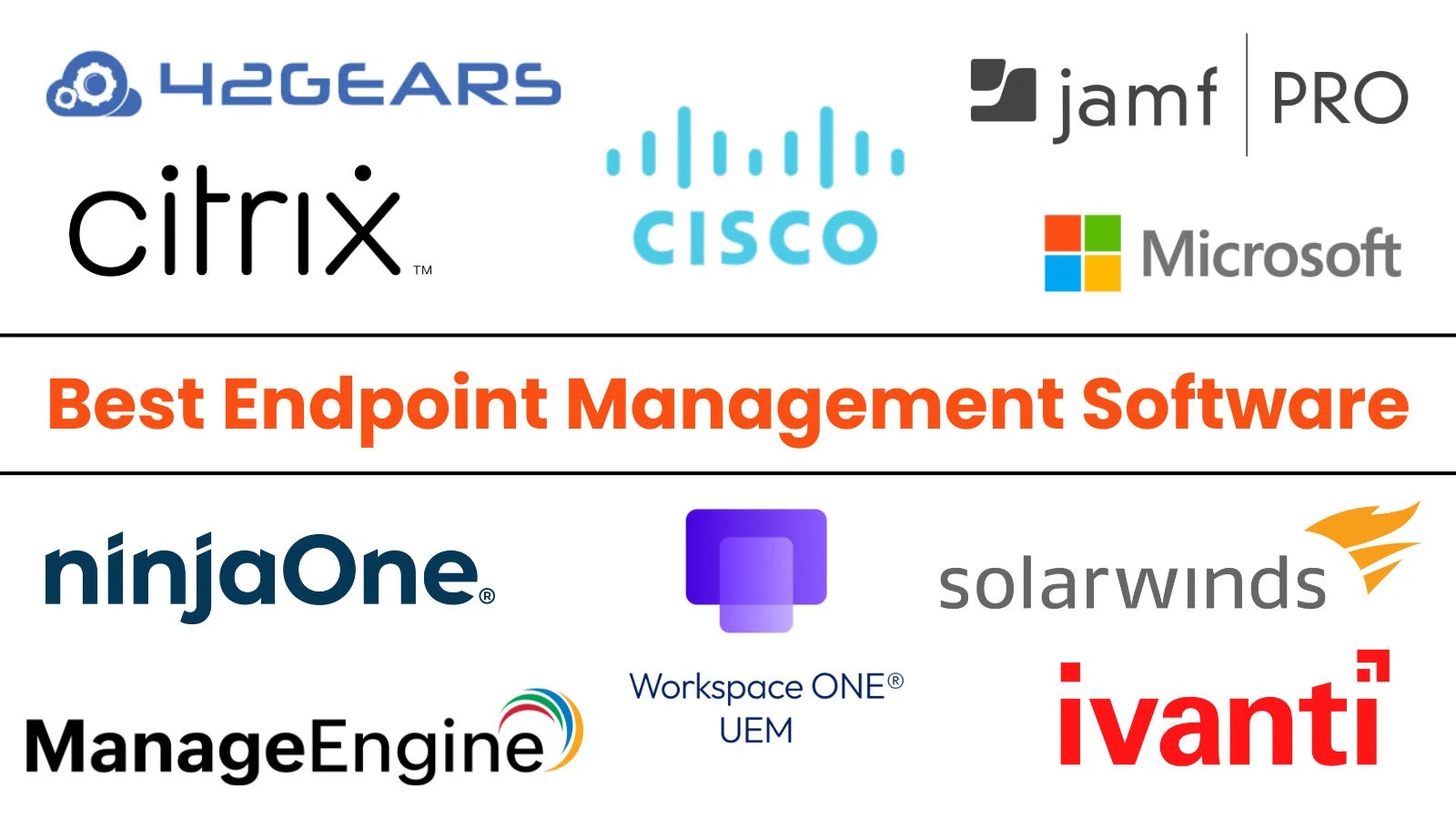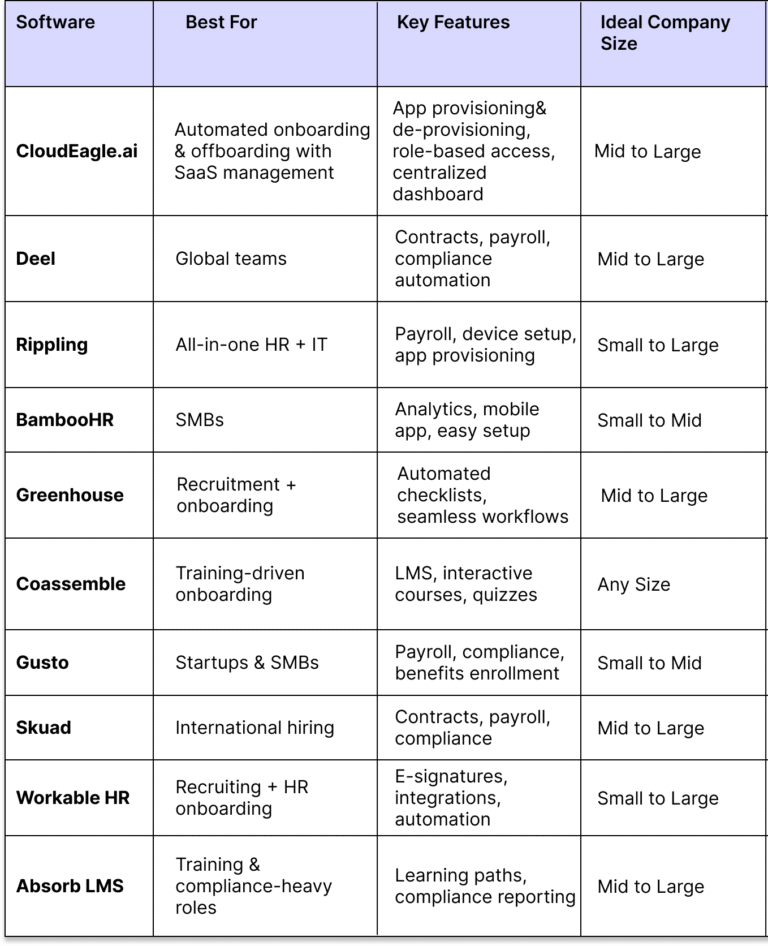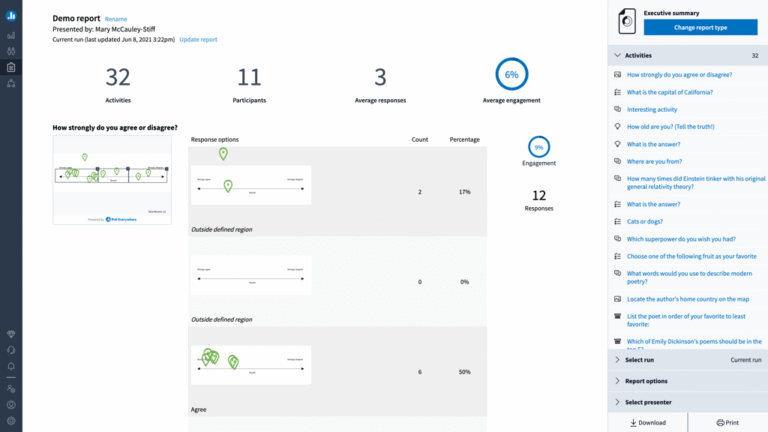Affordable Subscription Management Tools for Remote Teams: Top Picks
Managing subscriptions can quickly become a headache, especially when your remote team relies on multiple tools and services every day. If you’re like many team leaders or members, you want an easy, affordable way to keep track of all those recurring costs without wasting time or money.
Imagine having a simple system that helps you see what you’re paying for, who’s using which service, and how to optimize your spending—all in one place. You’ll discover some of the best subscription management tools designed specifically for remote teams that won’t break the bank.
Keep reading to find the perfect solution that fits your team’s needs and budget.

Credit: monday.com
Subscription Management Basics
Subscription management helps teams keep track of all software and services they pay for regularly. It involves organizing payments, renewals, and user access in one place.
Good subscription management avoids missed payments and wasted money on unused services. It also helps teams control their budgets better and simplifies billing processes.
Key Features To Look For
Look for tools with easy dashboard views showing all active subscriptions. Automatic renewal alerts and payment reminders are very useful.
Ability to assign user roles and permissions keeps control clear. Integration with payment gateways and accounting software saves time.
Reports on spending trends and subscription usage help plan budgets. Cloud-based tools ensure access from anywhere, perfect for remote teams.
Benefits For Remote Teams
Remote teams save time by managing all subscriptions in one place. Clear visibility reduces confusion about who pays for what.
Teams avoid service interruptions with timely renewal notifications. Sharing access securely supports collaboration without risking sensitive data.
Centralized management helps finance track expenses easily. It supports better decision-making about which subscriptions to keep or cancel.
Top Free Tools
Managing subscriptions for remote teams can be challenging without the right tools. Free subscription management tools offer useful features without stretching your budget. These tools help track costs, monitor usage, and keep your team aligned. They suit startups and small businesses aiming to control expenses efficiently.
Explore some of the top free options below. Each tool has unique strengths and some limitations. Choose the one that fits your team’s size and workflow best.
Tool A: Features And Limitations
Tool A offers essential subscription tracking and basic reporting features. It supports multiple users and integrates with popular payment platforms. The dashboard is simple, making it easy to see all subscriptions at a glance.
Limitations include limited automation and no advanced analytics. Some integrations require paid plans. Still, it is a solid choice for teams needing straightforward management without extra costs.
Tool B: Best For Small Teams
Tool B is designed for small teams with fewer than 10 members. It provides collaboration features and real-time notifications about subscription renewals. The tool also allows budget tracking and expense sharing among team members.
This tool has a clean interface and quick setup. Its free tier covers most needs for small remote teams. Larger teams may need to upgrade for additional seats and features.
Tool C: User-friendly Options
Tool C focuses on ease of use and accessibility. It features drag-and-drop management and clear visual summaries of subscriptions. The tool offers mobile access, which helps remote teams stay updated on the go.
While it lacks some advanced customization, its user-friendly design reduces the learning curve. It is ideal for teams that want a simple, hassle-free subscription manager.
Affordable Paid Options
Affordable paid subscription management tools provide essential features without breaking the budget. These tools help remote teams track expenses, control subscriptions, and avoid overspending. They offer a balance between cost and functionality suitable for small to mid-sized teams.
Choosing the right tool means considering advanced capabilities, scalability, and automation options. Here are some affordable paid options that meet these needs well.
Tool D: Advanced Capabilities
Tool D offers detailed analytics and reporting features. Teams can track subscription usage and identify cost-saving opportunities. It supports multiple payment methods and currency options. This tool also provides user access controls, ensuring data security. Its interface is simple, making it easy for remote teams to adopt quickly.
Tool E: Scalability For Growing Teams
Tool E is designed to grow with your team. It supports adding new users and managing multiple projects effortlessly. Pricing plans scale based on team size and features used. This flexibility makes it ideal for startups and expanding remote teams. The tool ensures smooth subscription tracking as your needs evolve.
Tool F: Integration And Automation
Tool F connects seamlessly with popular apps like Slack, Google Workspace, and Zoom. It automates subscription renewals and sends payment reminders. This saves time and reduces manual errors. The tool also offers API access for custom integrations. Automation features keep remote teams informed and in control of their subscriptions.
Pricing Comparison
Pricing plays a key role in choosing subscription management tools for remote teams. Teams must compare options carefully to find the best fit for their budget and needs. This section breaks down pricing structures and value across popular tools.
Free Vs Paid Plans
Many tools offer free plans with limited features. These plans suit small teams or those testing the software. Paid plans unlock advanced functions and higher limits. Teams should weigh if free options cover their basics or if paid features justify the cost.
Cost Per User Analysis
Subscription costs often depend on the number of users. Some tools charge a flat fee, while others bill per user. Teams with many members may find per-user pricing expensive. Comparing cost per user helps predict monthly expenses and budget accordingly.
Value For Money
Value comes from features, ease of use, and support, not just price. A cheaper tool lacking key features may slow the team down. Investing in a plan that fits team size and workflow can save time and money. Teams should focus on overall benefits alongside cost.
Selecting The Right Tool
Selecting the right subscription management tool is crucial for remote teams. The tool must fit the team’s unique needs and help streamline subscription handling. Choosing wisely saves time and reduces errors in billing and renewals.
The decision requires careful thought about the team’s size, work style, and support needs. A good fit improves productivity and keeps everyone on the same page. Below are key points to consider before picking a tool.
Assessing Team Needs
Start by listing what your team requires from a subscription tool. Consider the number of subscriptions to manage and the frequency of updates. Think about features like automated billing, reminders, and reporting. This step ensures the tool matches your daily tasks and team size.
Considering Workflow Compatibility
Check how the tool fits with your existing workflow. It should work smoothly with your current apps and platforms. Look for tools with integrations for communication, project management, and payment systems. A compatible tool avoids disruptions and helps maintain team efficiency.
Evaluating Customer Support
Reliable customer support is vital for quick problem solving. Choose a tool with accessible help channels like chat, email, or phone. Good support minimizes downtime and confusion. Test their response time and quality before finalizing your choice.
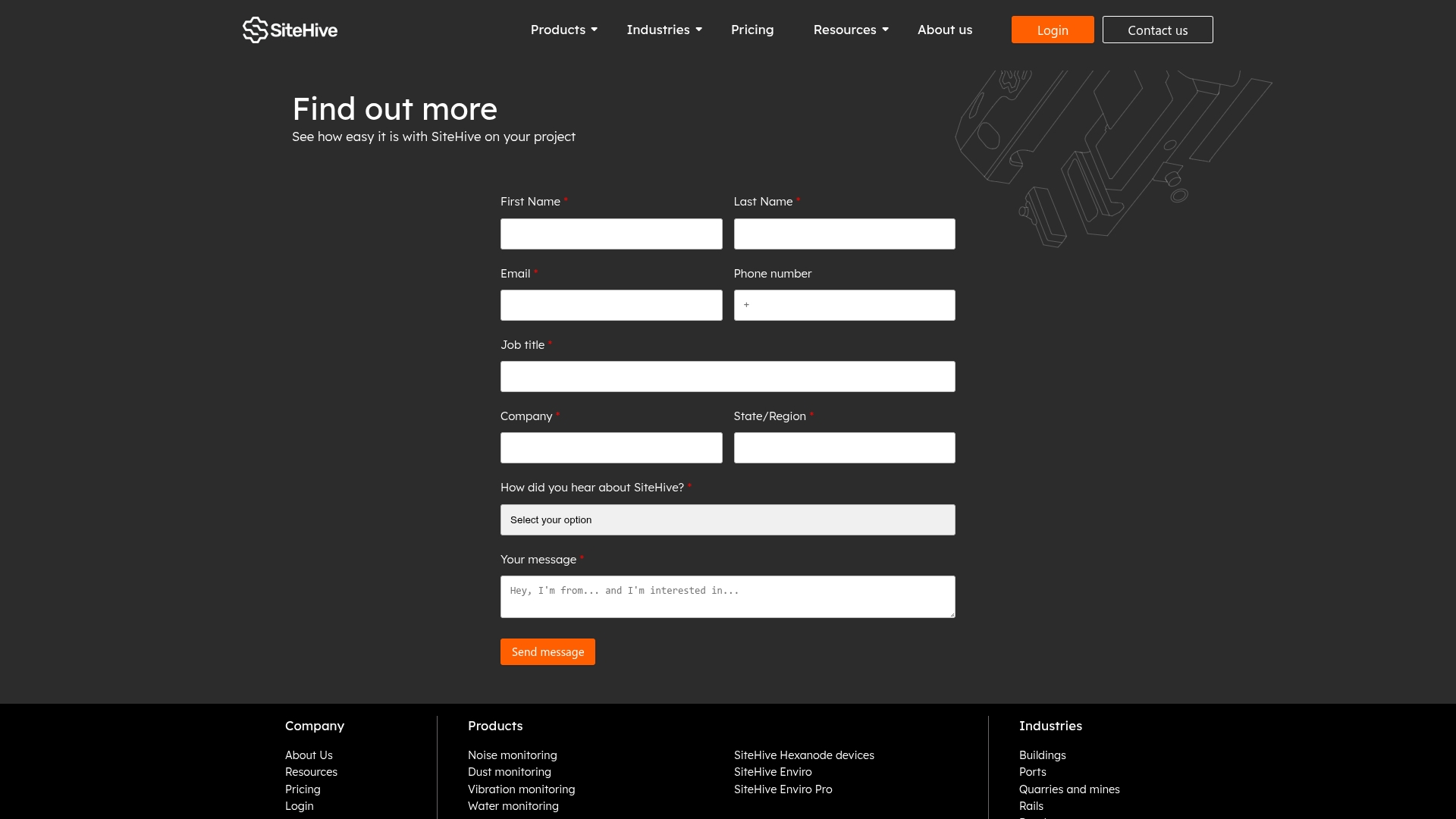
Credit: monday.com
Tips For Successful Implementation
Successful implementation of subscription management tools is vital for remote teams. It helps control costs and improve team coordination. Follow clear steps to ensure smooth adoption and ongoing use. Focus on team onboarding, data accuracy, and smart use of reporting features.
Onboarding Remote Teams
Start with clear communication about tool benefits and goals. Provide simple guides and videos to explain key features. Schedule live training sessions for questions and practice. Assign a point person to support the team during early use. Encourage team members to share feedback and challenges.
Maintaining Subscription Accuracy
Regularly review all active subscriptions and their users. Remove access for team members who no longer need it. Update billing information promptly to avoid interruptions. Use automated alerts to track subscription renewals and changes. Keep a shared document with subscription details for transparency.
Leveraging Reporting Features
Use built-in reports to monitor subscription usage and spending. Identify underused or duplicate subscriptions to cut costs. Share reports with team leaders to support budgeting decisions. Set up custom reports for specific projects or departments. Review reports regularly to improve subscription management continuously.
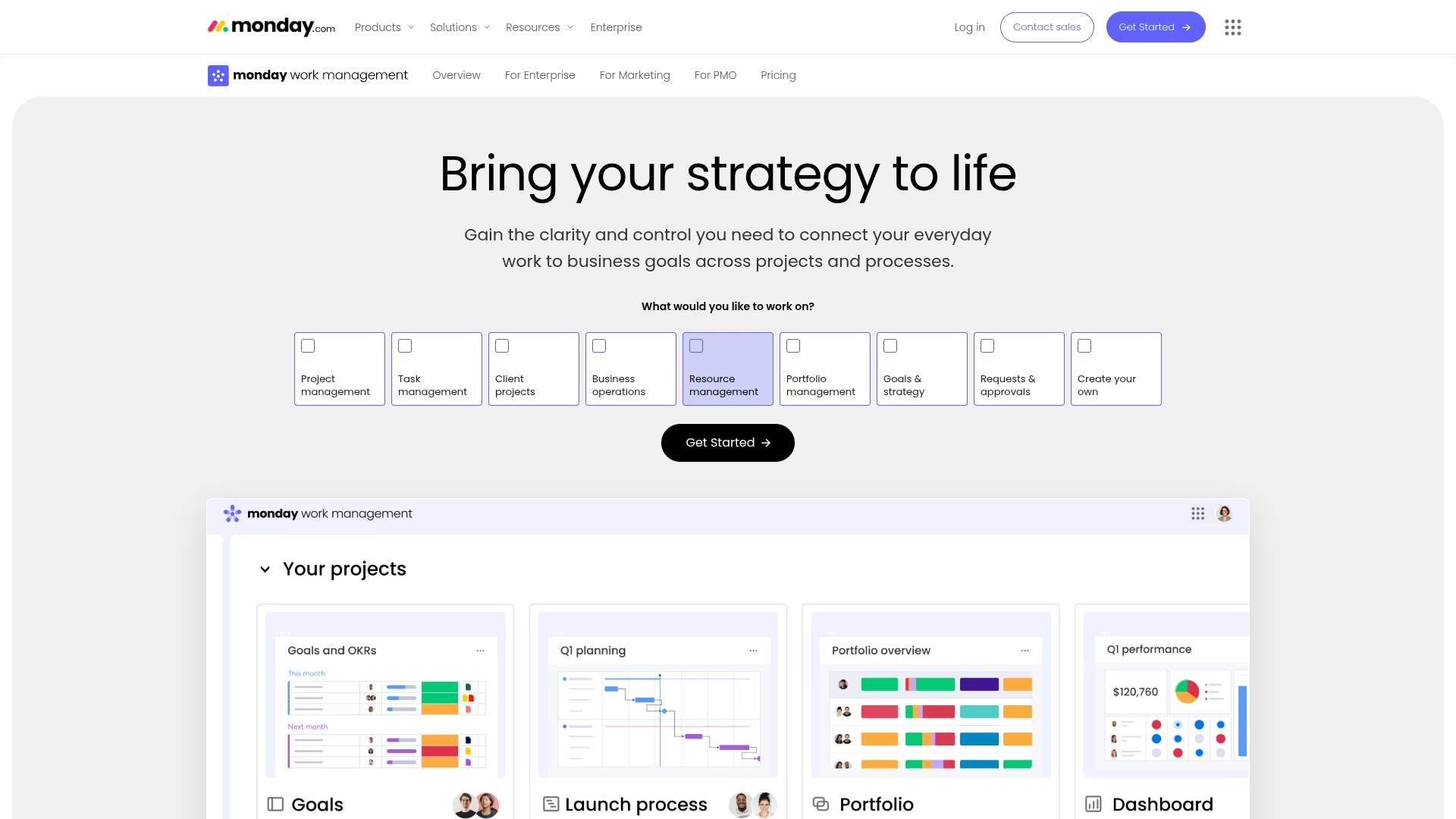
Credit: monday.com
Frequently Asked Questions
What Is The Best Free Subscription Manager?
The best free subscription manager is Truebill. It tracks, manages, and cancels subscriptions easily with no cost.
Which Tool Is Commonly Used For Team Communication In Remote Teams?
Slack is commonly used for team communication in remote teams due to its real-time messaging and integration features.
How Much Does Subscription Management Software Cost?
Subscription management software costs vary from free plans to $100+ monthly. Pricing depends on features, user count, and billing complexity. Many tools offer tiered subscriptions to fit small businesses and enterprises. Always compare plans to find the best value for your team’s needs.
What Is The Best Project Management Software For Small Teams?
The best project management software for small teams includes Asana for flexibility, Trello for visual Kanban boards, ClickUp for customization, and Smartsheet for spreadsheet-like views. Basecamp suits basic needs, while Wrike supports creative tracking. Choose based on your preferred workflow and required features.
Conclusion
Choosing the right subscription management tool saves time and reduces stress. Affordable options help remote teams stay organized and on budget. These tools simplify tracking and managing multiple subscriptions easily. Teams can focus more on work, less on billing issues.
Try a few to find what fits your team best. Managing subscriptions doesn’t have to be complicated or costly. Keep your remote team efficient with smart, budget-friendly tools.

